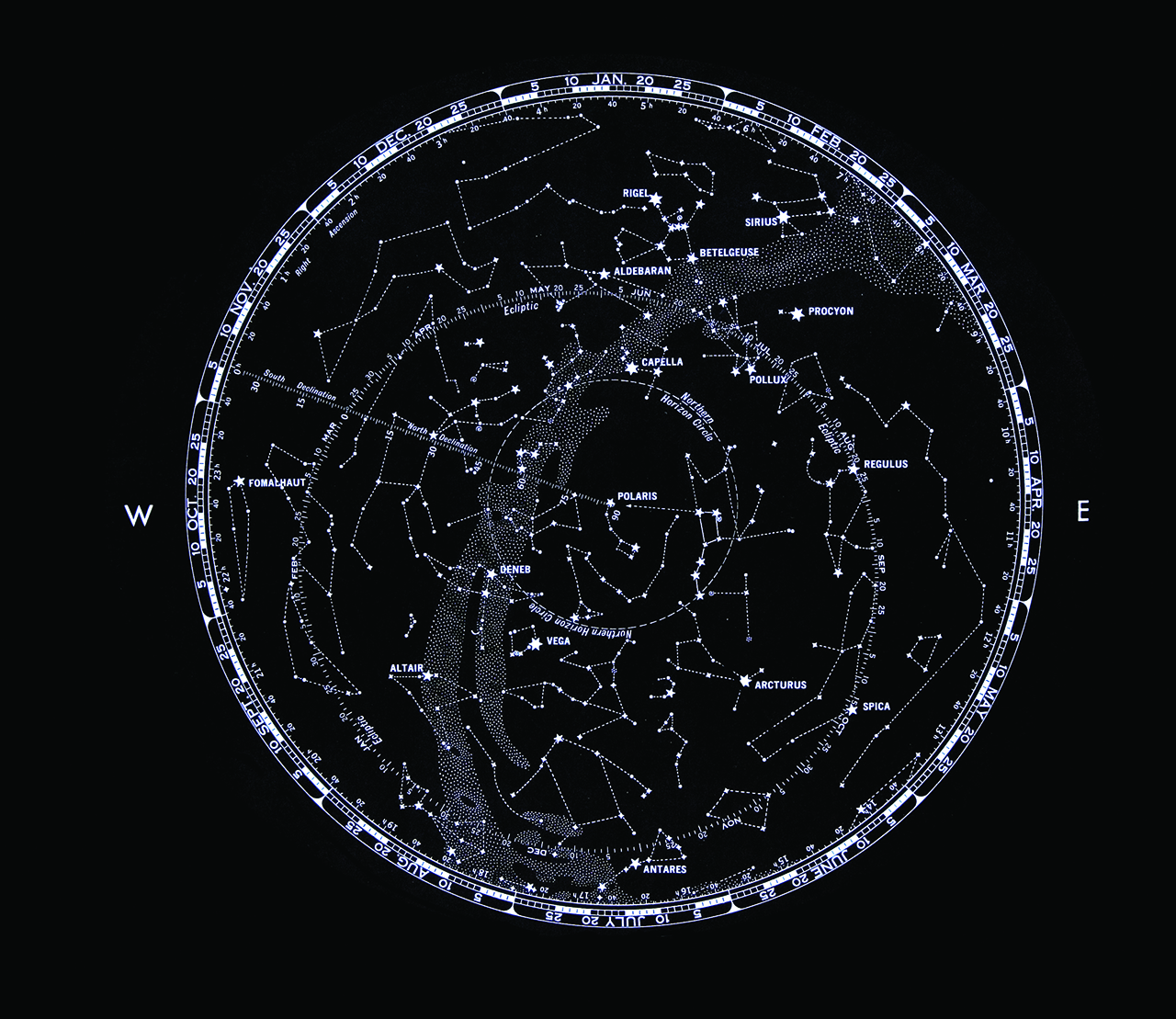“There are times when you think to yourself, ‘I can’t hold on any longer.’ I’m still trying to work myself out of debt. I’m not lying when I say I’ve got £100 in my bank account right now. In the six years I’ve been doing this, I’m not anywhere near the wage that I used be to be on when I was a copper.”
Tesseract frontman Dan Tompkins pauses for a second and exhales with a breath that articulates a thousand struggles, miles of hard work and one huge leap of faith.
“This is what the new single, Survival, is about, actually,” he continues. “There’s a line in there that talks about ‘10 years of hope’. And that’s me talking to my wife. Because every year that has gone by, I’ve had to say to her, ‘It’ll get better,’ and yet she’s the one left at home, as a single parent, looking after a baby. It’s been a massive struggle. A struggle for survival.”
Dan’s “struggle for survival” has led him on a fascinating path, from law enforcement officer through to tech-metal’s own wandering minstrel and back, to the band with which he made his name. Sitting with us today, he is once again the vocalist in Tesseract, and convinced that all the risks he’s taken will ultimately be worth it.
“I’m not in the financial position I’d like to be in,” he concedes. “But I know that one day this will all pay off.”
Today, all the survivors of Tesseract are in a positive mood. As they settle down for coffee at Hammer HQ, there’s a real sense that this most durable of bands have finally rediscovered their identity. After starting as a bedroom project for guitarist and band visionary Acle Kahney back in 2003, Tesseract eventually morphed into a full band and one of the UK’s brightest hopes, who found themselves at the forefront of the nascent djent movement in the mid-00s. Unfortunately, the band became the butt of many a joke as the microphone was passed on at an alarming rate from original vocalist Julien Perier, to Abisola Obasanya, to Dan Tompkins (who sang on 2011 debut One), to Elliot Coleman, to Ashe O’Hara (on second album Altered State), and now back to Dan. It’s a reputation Tesseract are aware of.
“It would be silly for us to ignore that,” bassist Amos Williams tells us. “The vocalist is usually the focal point of a band, and a fanbase will have a strong emotional attachment to the vocals. It’s the key to unlocking access to the band. If you rip that person out of the band, it’s clearly going to have a massive effect on people. But it makes us laugh, because only this week Iron Maiden released an album, and it’s a massive album… and that’s not their original singer! So we just concentrated on making it work.”

The results of Tesseract’s unwillingness to lie down and the fruits of Dan’s return to the band are there for all to hear in third album, Polaris. It’s nine tracks of beautifully epic, shimmering metal that melds the technical prowess of past releases with Dan’s poignant, honest and uplifting vocal performance. It might be the best thing Tesseract have ever put their name to. It all seems so seamless a reintegration.
“I remember when shit was starting to hit the fan,” says Amos, looking at his bandmates. “We didn’t even need to say anything. We just looked at each other in that way that you know what everyone else is thinking. We said, ‘OK, this isn’t working out,’ and we had all kept in touch with Dan. There was no obstruction…”
“He walked in that first time,” shrugs Acle, “and we all said, ‘Alright mate,’ and off we go.”
For Dan himself, the years melted away once he got back in a room with the band.
“Well, it’s a funny thing,” the singer muses. “Because I did the whole touring cycle for One and I was in a certain headspace. Then you come back four years later and you’re in a different space, and the guys are in a totally different space as well. But despite that, it was, as you said, a seamless transition. Our first gig was at Knebworth, Sonisphere [last summer], and we’d only had one three-hour rehearsal as a band. And we had about 15 minutes to get our stuff ready for the stage. But then the reaction was amazing. My last show before I left was in Melbourne and it was kick-ass, and this was a great show. You start thinking that nothing ever changes.”
It’s an odd thing to hear from Dan. After all, he made the decision to leave Tesseract originally, due to, as he says today, “fear of the instability that comes with being in a band”. In his time away, he’s worked on numerous projects, from pop-rock band In Colour, to his own solo project White Moth Black Butterfly, to prog-metallers Skyharbor, which he’s not seen through past one album. It’s easy to wonder whether he’ll wander through the scene without ever finding a home, or stay in Tesseract for good.

“Well, I don’t know about you guys,” he says, as he gestures to his bandmates, “but I just want to get locked down now. Get into my career; carrying on writing and singing until my voice gives out on me.”
His words reflect the positive vibes emanating from the band’s camp right now. With nods to some of the heavier and more tech moments of their past, but dominated by huge choruses and catchy hooks, Polaris sounds like the second chapter of Tesseract’s career. It’s quite an achievement for an album that was put together piece by piece, and produced once again in Acle’s 4D Sounds studio. It might well lead to greater commercial acceptance, allowing the band to expand their concepts further.
“It’s always been a dream of ours to have a career in music,” Amos tells us. “But the longer we go on, the more we have to re-evaluate that dream. Our dreams as kids have been shattered by this business. Now I want to be able to go out and put on a show, not just play a gig in a small venue. I’ve a vision of many things that we can do to incorporate this multimedia landscape we all live in that’ve hardly been touched yet. Be it a show, or CDs or DVDs that make people inspired. If any band can have the openness to do these things, it’s us. All that’s stopping us is budget.”
While the band haven’t launched a concerted attack on the mainstream, they aren’t ashamed of the newer, more accessible sound that takes them further away from the grassroots sound of their tech roots.
“I don’t think we’ve pushed it in that direction purposefully,” says Amos. “There were no discussions when we were writing it; it’s just a reflection of things we listen to. People say music on the radio is rubbish, but a lot of it’s well crafted, well produced. Classic Michael Jackson, or Pink Floyd, is built on high intelligibility so that you can hear exactly what everyone is doing. And a strong vocal performance. Why would we want to avoid that? Does that make us ‘pop’? I don’t think so, but it makes us more likely to be accepted… which would in turn make us ‘pop’. If you get my meaning.”
“It’s been very gradual,” adds Acle. “It’s not like we’ve just sprung from nowhere. I don’t think people should begrudge us leaving this scene or stretching ourselves further or doing whatever we want to do.”

Tesseract are now in a position where they have the tools at their disposal to be the band they’ve always wanted to be. The hard work and dedication is starting to pay off. Which is where we started off with Dan at the beginning.
“I’ve risked so much,” Dan concludes. “I feel like some of the things I did in my previous time in the band now are quite poor compared to what I can do now. That’s all down to trying to be the best you can be. I’ve changed a lot in my life, but I’m back in this band now and determined to grow with them. If you come back to me in 10 years, then there’ll be no doubt that this is the definitive Tesseract lineup.”
“It’s been a leap of faith for all of us,” Amos adds. “Because we all have friends and family who go, ‘What are you doing?’ Because they’re our friends and they’re worried about the decisions that we make. Ten or 15 years ago, we could maybe have made a lot more money at an earlier time in our career. But things have changed. And we’ve had to be strong to last.”
You’d be a strong person to bet against them seeing this all the way through.
*Polaris* is out now via Kscope

STAR POWER
*Polaris sounds good, but what does it actually mean? We caught up with our favourite metal-worshipping astrophysicist , Dr Matt Taylor of Rosetta fame, for a quick astronomy lecture.*
“Polaris is a star, located very close to the celestial north pole [the imaginary point of intersection of the Earth’s extended axis and the northern half of the celestial sphere], and so is current north pole star, so helps you know which way is up,” Matt tells us.
In fact, sailors have historically used this point of light to navigate in the northern hemisphere. But Polaris isn’t just a single star – it’s a triple star system, which means that it has two companion stars, one of which is exceptionally close to it. “It’s a group of stars orbiting one another, which is cool,” says Matt. “Just think of having more than one sun – mental.”
Because the Earth’s spin axis changes over time, Polaris won’t always be aligned with the celestial north pole – a fact that provided conceptual inspiration for Tesseract’s album title.
“Polaris is about transience,” bassist Amos Williams reveals. “A different north star [Thuban] was used by our ancestors, and in 2,000 years time as the celestial movements continue, a different star will be the north star for our children.”


